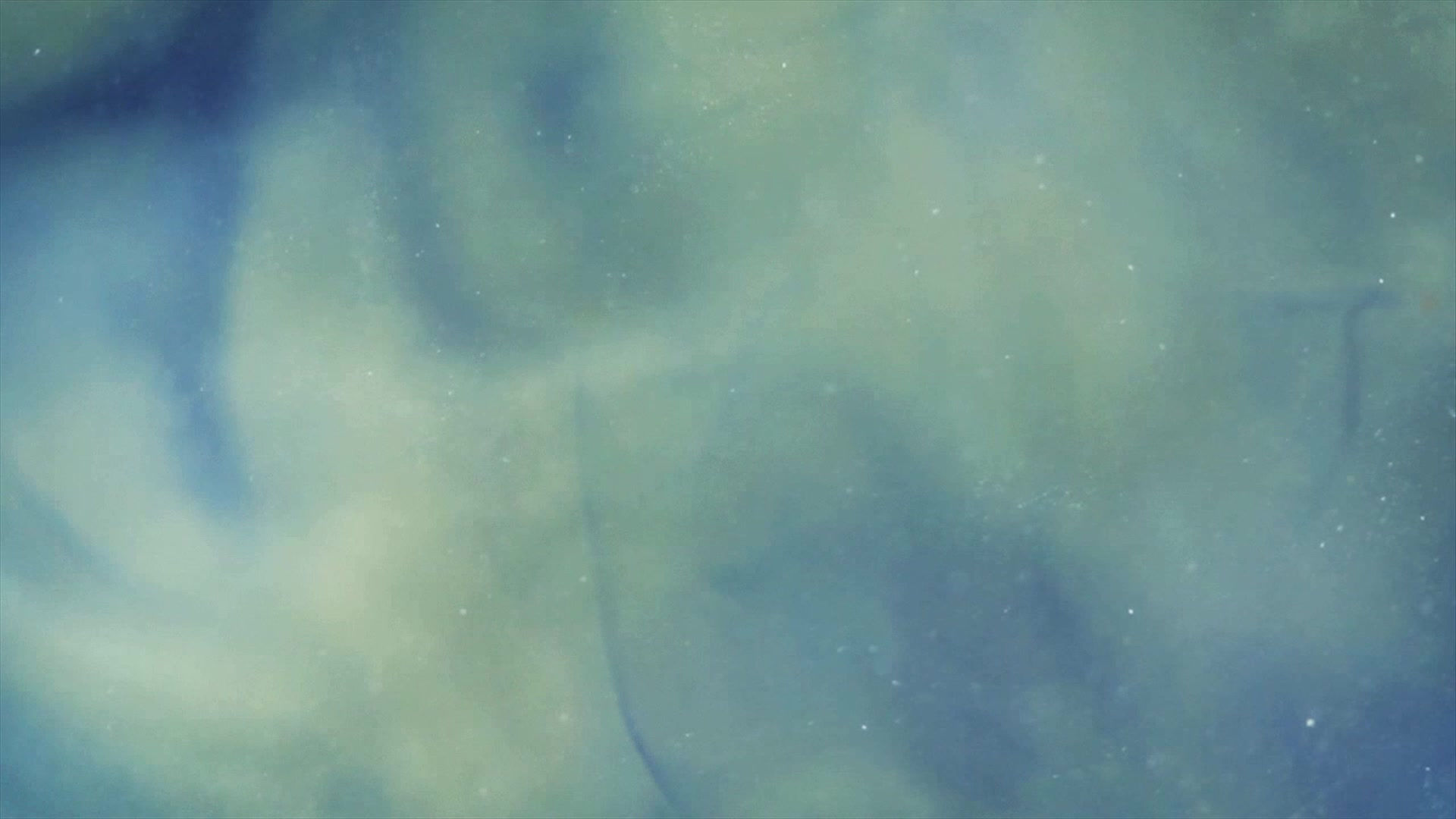The Guardian front page analysis
- Sally Hughes
- May 6, 2021
- 3 min read
Updated: May 7, 2021

The word ‘Guardian’ holds connotations of someone who has been legally appointed to look after the affairs of another. This implies to the reader feelings of safety, trust and protection. Furthermore, this suggests that reader is comfortable and trusts this newspaper to provide good and honest news of which they protect from other sources.
The use of the colour navy as the background conveys importance, confidence, intelligence and unity. The white in the font helps to create nautical and oceanic tones which could relate to feeling calm or even the vast expanse of freedom that the sea provides – tying into The Guardian's “journalistic freedoms and liberal views…free from commercial or political interference.” The font, called Guardian Headline, was designed to be easier to read and is described as being “simple, confident and impactful.”
Two of the main headlines (“Police called to loud row at Boris Johnson’s home” and “I halted Iran strikes with 10 minutes left: Trump”) both focus on the news values of Elite People. The values of ‘closeness to home’ is brought in with the mention of our current PM Boris Johnson and even ‘personality’ is used through mentioning Trump. This shows that they’re not afraid of writing articles on those in political importance or even on individuals who are seen as being controversial.
Another headline boasts that The Guardian has “The best summer fruit recopies” implying that they not only provide the best for their readers but that they are the best in the business.
The anchorage “I was saying over and over: This is a peaceful protest” and “Greenpeace activist Jane Barker on being grabbed by minister Mark Field Pages 6-7” surrounds one of the main images of a women.
The reader isn’t bombarded with information but is instead gently encouraged to find out more on the matter inside the paper. However, we can clearly see implications of one of the main themes of the article as seen through the semantic field of ‘peaceful’ and ‘Greenpeace’. The woman, who dominates most of the composition, appears to be wearing no makeup, suggesting an all-natural look. She is also wearing a green top and seems to be wearing a necklace with a small leaf pendant perhaps. The background is seen to be a faded image of some foliage. All of this reinforces the theme of nature and peace which, most likely, will dominate as a main theme within the article.
The headshot of the subject makes point to stare straight at the camera and therefore make direct eye-contact with the reader. She also seems to have a determined, defiant and some even may argue smug facial expression – tying into the alliteration of the ‘peaceful protest’ which is mentioned.
The use of alliteration and direct quote are typical linguistic features of broadsheet newspapers. This headline, as well as the others featured, aren’t sensationalist or extreme and instead are straightforward and simple – allowing the reader to make up their own minds on the matters.
The layout is straightforward and simple; easy to read and sophisticated. There is a mix of text and graphics and its tone is formal and factual showing that The Guardian values a straight-forward approach when supplying their audience with their news.
The negative representation of the conservative’s leader Boris Johnson showcase their own labour ideologies.
In terms of representation, this text appears to support bell hook's idea that the media can challenge notions of oppression and equality. Her idea on the media reinforcing the oppression of women is challenged by the Guardian's use of positive representations which indeed promote feminist values of equality and independence. We see this through the representation of not just protests but through the fact that women can and will stand up for what they believe in. This will to fight is further reinforced by the woman's determined facial expression and body language within the same segment.
In fact, it's interesting to note that her image appears to dominate a lot of the composition - especially in comparison to the much small image of the man in the section that sits beside it. This could imply that women are no longer being oppressed in a male patriarchy - the tables have now changed as men are seen as smaller to women. Perhaps this could tie in with Stuart Hall's reception theory as these codes not only act as a system of understanding the Guardian's ideologies but this representation of strong women could challenge traditional stereotypes and therefore be read as reflect of our current society.


Comments